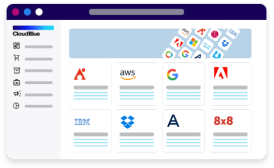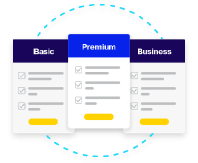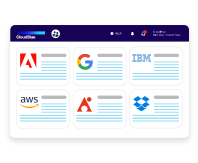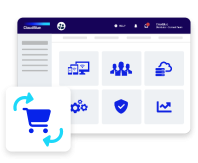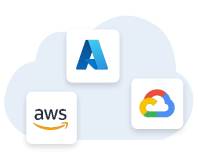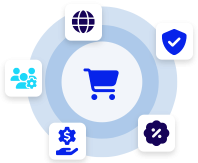A SaaS Financial Model refers to a detailed and comprehensive financial projection and analysis specifically designed for Software as a Service (SaaS) companies. It serves as a financial roadmap that helps SaaS businesses forecast and plan their revenue, expenses, and profitability over a specific period, usually ranging from one to five years.
Key components and considerations in a SaaS Business Financial Model include:
Revenue Projections: The financial model includes revenue projections based on various sources, such as subscription fees, usage-based charges, implementation fees, or additional services. It considers factors like customer acquisition rate, customer churn rate, average revenue per user (ARPU), and pricing tiers.
Cost Structure: The model incorporates the different cost components associated with running a SaaS business. This includes costs related to infrastructure, software development, customer support, sales and marketing, personnel, and overhead expenses. Understanding and accurately estimating these costs helps determine the company’s profitability and cash flow.
Cash Flow Analysis: A SaaS Financial Model assesses the inflows and outflows of cash over time, providing insights into the company’s liquidity and financial health. It considers factors like cash receipts from customers, operating expenses, capital expenditures, loan repayments, and investment activities. Cash flow analysis helps monitor the availability and timing of funds to support ongoing operations and growth initiatives.
Key Performance Indicators (KPIs): The financial model includes relevant KPIs specific to SaaS businesses. This may include metrics such as Customer Acquisition Cost (CAC), Customer Lifetime Value (CLTV), Monthly Recurring Revenue (MRR), Churn Rate, and Gross Margin. These metrics help track the company’s performance, identify areas for improvement, and make data-driven decisions.
Sensitivity Analysis: A SaaS Financial Model may incorporate sensitivity analysis to assess the impact of various factors and scenarios on the company’s financials. By adjusting key assumptions, such as customer growth rate, pricing changes, or cost fluctuations, the model can simulate different outcomes and highlight the sensitivity of financial results to these variables.
Investor Presentation and Fundraising: A well-prepared SaaS Financial Model is often used in investor presentations and fundraising efforts. It provides potential investors with a clear understanding of the company’s financial projections, growth potential, and return on investment. The model helps articulate the company’s value proposition, market opportunity, and path to profitability, attracting potential investors and securing funding.
Strategic Decision-Making: A SaaS Financial Model serves as a valuable tool for strategic decision-making. It helps evaluate different growth strategies, assess the financial impact of entering new markets, launching new products, or implementing pricing changes. By running scenarios and analyzing financial outcomes, the model guides strategic planning and helps align the company’s goals with its financial capabilities.

